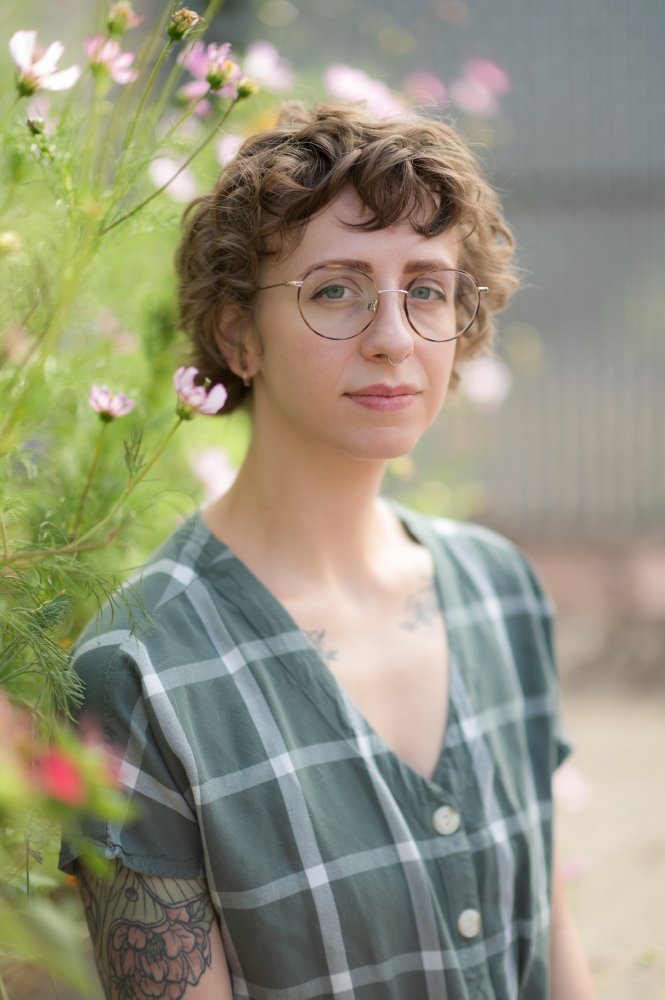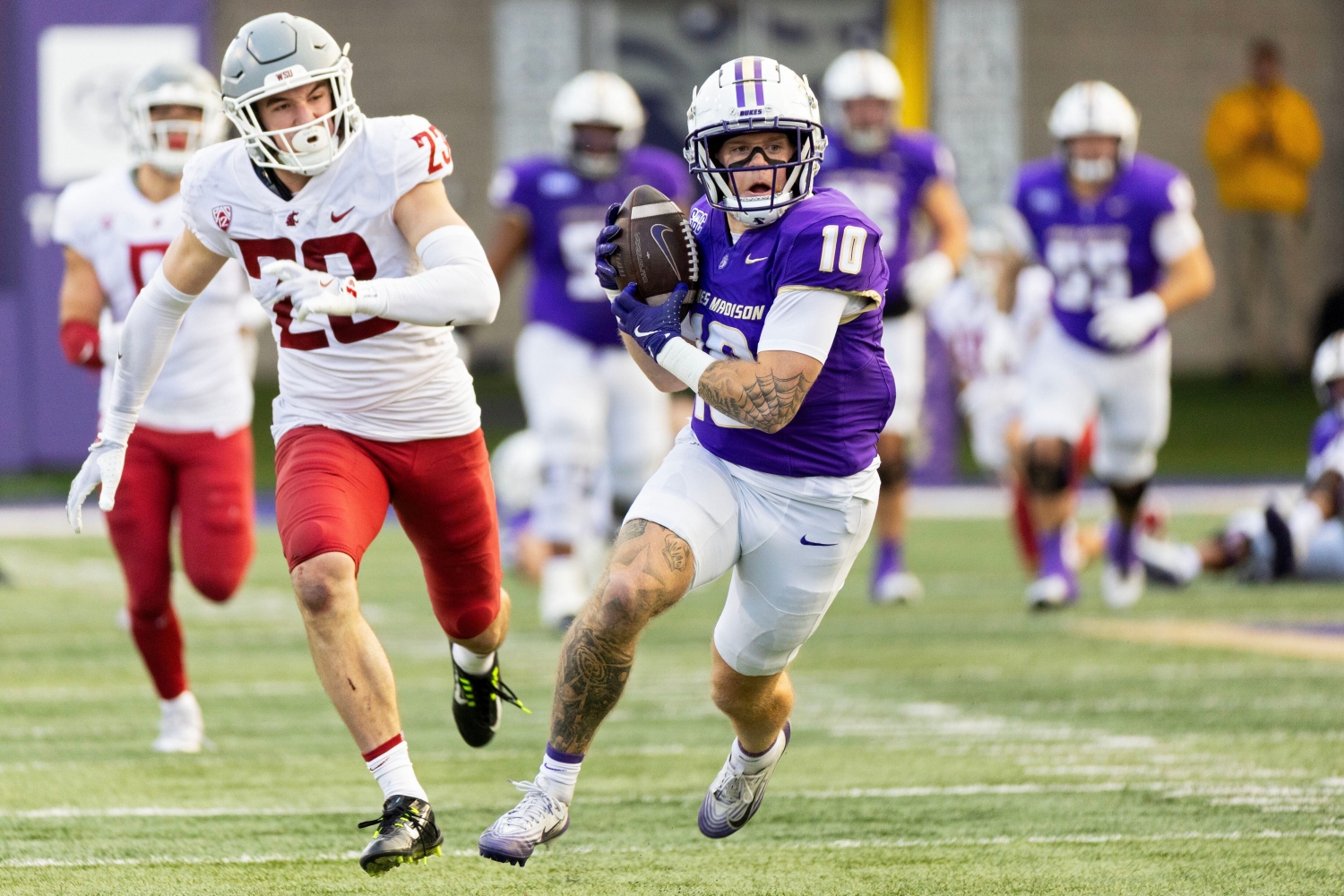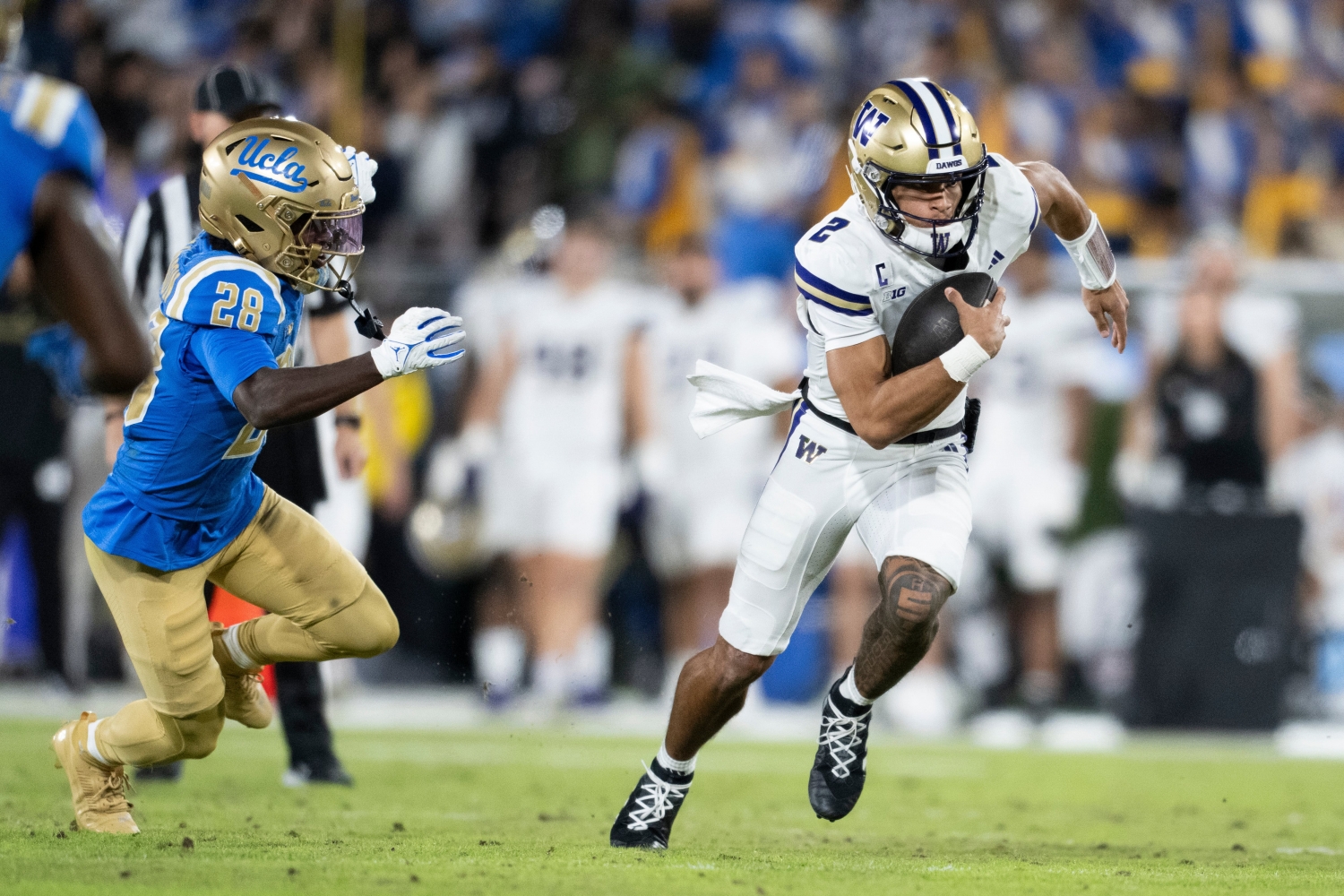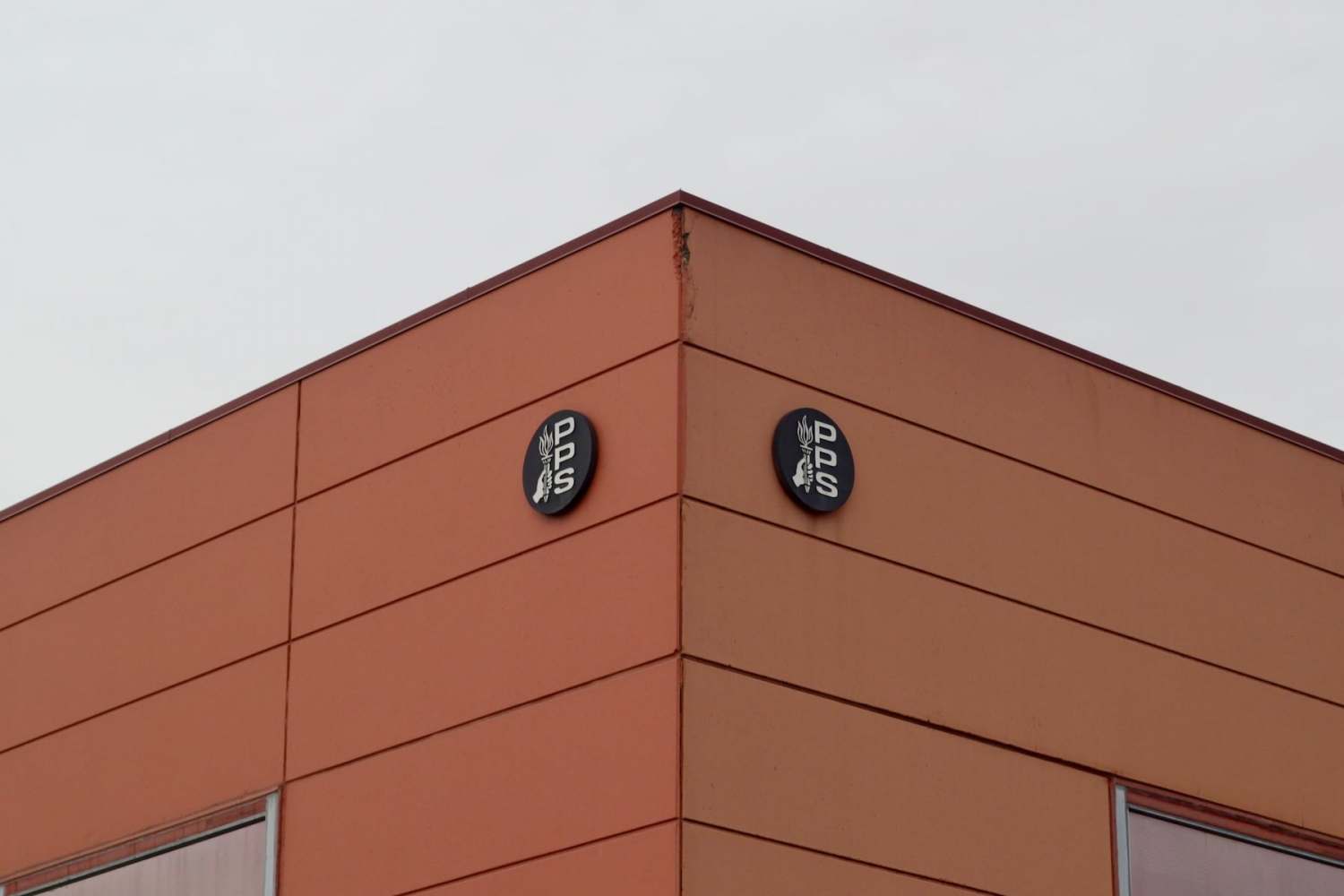

Published on: 11/23/2025
This news was posted by Oregon Today News
Description
Roller derby is a fast, fun, full-contact sport — and in a new young adult novel, it’s also a lifeline.
Leave It on the Track follows a grieving teen who moves to Portland and finds healing, queer community and maybe a little romance on the roller derby track.

OPB’s “Weekend Edition” host Lillian Karabaic spoke with author Margot Fisher.
The following transcript has been edited for clarity and length.
Lillian Karabaic: For listeners who haven’t met her yet, who is Morgan ‘Moose’ Shaker, and where do we find her at the start of the story?
Margot Fisher: At the very beginning of the story, she lives in a small town in Utah. She has two dads. They’re the only openly gay family in their community. She loves to roller skate at the roller rink. It’s something she’s done with her dad since she was a little kid, and it’s a community that’s deeply, deeply, deeply important to her. The first chapter is when her life kind of upends. There’s a fire at her roller rink — which is not a spoiler because it happens in the first 20 pages — but there’s a fire at the roller rink, and her two dads tragically pass away. So at that point, she moves to Portland, Oregon, to live with her older half-sister, whom she has met a few times very briefly, but she doesn’t know her very well, and she has to kind of restart her life in this whole new community and this whole new world with these people she doesn’t really know.
Karabaic: When the advanced copy of this book arrived to OPB, I saw that there were skates on the cover and that it was a queer, young adult novel. And I grabbed it before I let any of my coworkers get a chance to read it.
And I initially thought “Oh, yay! Fun teen skating story.”
I did not realize how much crying I was in for. Moose joins this junior roller derby team as part of her recovery. The audience is learning the rules of derby along with Moose. How did you think about writing those scenes where you have to explain a sport without any visuals?
Fisher: In the first draft, there was way too much roller derby.
When my mentor, Laurie Frankel, who worked with me through Reese’s Book Club, read the draft, she was like, ‘This is really interesting to you. I’m sure it’s not going to be interesting to your readers.’
I really wanted this to be something that people who play roller derby and know roller derby really well could read and enjoy, but also people who have no idea what it is could enjoy.
I tried to focus less on the nitty gritty of what was happening on the track and during the gameplay, and more on the emotions that it brings up and the mental struggle that it brings up. Roller derby is very, very hard physically and mentally, and so it’s a perfect outlet to push a character from the worst point in her life through something to grow as a person.
Karabaic: I really could see how figuring out the sport and dealing with all of the physical toll on her body helped her process things.
One of the other things that really struck me about this book was that I could tell it was written by someone who actually lives in Portland. You name dropped some spots that are really only places that locals go.
How did you end up choosing which locations you preserved versus which ones you anonymized or changed for a work of fiction?
Fisher: The biggest one is the hangar at Oaks Park, which is where Rose City Rollers skates. That’s the derby league that I play for, and that’s the derby league that the characters skate for because that’s a space that’s really deeply important to me. It’s been like a second home for me for years and years and years.
I think the hangar itself is kind of a character in this book. It has so much personality, and the building is kind of falling apart, but it has so much love in it and so many people care about it so deeply.
For other Portland locations, I wanted to put in little things that I knew, like you, like people who were from Portland or lived here, would understand what I was talking about and where I was talking about. I didn’t necessarily want to be like, ‘This is the bridge in St. Johns. This is Powell’s bookstore.’ I thought it would be a little hitting you over the head if I were that dramatic about it.
Karabaic: I definitely was like, ‘Oh, they’re in Cathedral Park!’
One of the themes that I could really feel the book weave throughout this was that it’s about grief and recovery from trauma, but it’s also about queer belonging. It’s not just about belonging to a city, it’s about belonging to this community.
And even though there is a romance in the book, I would not call it the most important relationship. It is really between Moose, her roller derby team and her older half-sister.
How did you think about building out that team and having us meet each of those characters?
Fisher: It’s a lot of people, and I think one of the things I really wanted to showcase with Moose’s derby team is how diverse and messy a community can be.
A lot of people in derby talk about how derby saved their lives, and I consider myself one of those people.
It’s a space where other queer people are in community with other queer people often for the first time in their lives, but it’s a community, and it’s not perfect.
There are going to be very messy people who make very messy mistakes, especially in junior roller derby when you’re a teenager and you’re figuring things out.
I really wanted there to be very loud, unique characters within the derby team that could show the reader how diverse of a community this is and how much of a difference and a variation you’re going to get with all these people because they are like these incredible athletes.
They’re so strong, and they’re so talented, but they’re also teenagers who are going to make mistakes.
And it seems like their lives are ruined, but they’re really not, and they’re going to be okay.
Karabaic: One of the other things that was fascinating to me about queer community in this book is that Moose moves from small town Utah to Portland, and she realized that while she was kind of singled out for her sexuality in her hometown, she feels less queer compared to the Portland teens, especially in roller derby.
I think a lot of LGBTQ+ young adult novels really make coming out the central conflict, but that is not Moose’s main journey.
How did you think about the role that coming out played in the book?
Fisher: This book is not autobiographical at all, but Moose’s experience with coming out is something that is a little parallel to mine. I’m from Ohio originally, and when I lived in Ohio and I was queer, I felt very obviously queer. I felt like everyone could tell. I felt like I was hitting people over the head with it.
And then when I moved to Portland, I was like, ‘Oh, I don’t actually know how to be queer. Everyone here is so much gayer than me, and I have no idea how I fit in here.’
I think it’s a really interesting journey because you absolutely need young adult stories that are about coming out and being immediately embraced by the community. Or, coming out and not being immediately embraced and what that means.
But I think a lot of kids actually deal with something in the middle.
Where they realize they’re queer, it’s kind of accepted, but they still don’t understand how they fit into the community.
And I just wanted kids to know that that is also a normal experience to have, and that is also a journey that you’re going to have to go on because it’s often not that you’re going to get kicked out, or you’re going to get hugged and embraced by everybody. It’s often somewhere in the middle.
And you have to figure out what that means for you.
Karabaic: Excuse the pun, but what do you hope teen readers roll away with after reading ‘Leave It on the Track’?
Fisher: I hope teen readers roll away knowing that it’s okay to make really big mistakes, it’s okay to be really messy, and it’s okay to not have any idea who you are.
Try to figure that out as you go.
I remember getting really frustrated as a teenager when something would happen to me, and I’d be like, ‘It’s the end of the world.’ And everyone would be like, ‘It’s fine, it’s fine. Life will go on.’ And it’s like, yeah, it will, but just let me be dramatic for a second.
I want teenagers to know that that’s okay.
It’s okay to seek community, and it’s okay to make mistakes and be really messy.
It’s okay to have a rocky journey to finding yourself.
Karabaic: Thank you so much for joining me, Margot. I love this book.
Fisher: Thank you so much.
‘Leave it On The Track’ is available now. Margot Fisher will read at Powells on Sunday, Nov. 23.
News Source : https://www.opb.org/article/2025/11/23/portland-roller-derby-makes-perfect-setting-queer-coming-of-age-story/
Other Related News
11/23/2025
Wayne Knights 58-yard touchdown run in the fourth quarter put No 21 James Madison ahead to...
11/23/2025
Demond Williams Jr scored on two quarterback keepers and threw for two touchdowns and Alex...
11/23/2025
A weekend of sarcasm on stage in Ashland Dont get me started Is the city famous for the Or...
11/23/2025
We laid out our concerns last week about Portland Public Schools proposed purchase of the ...
11/23/2025











